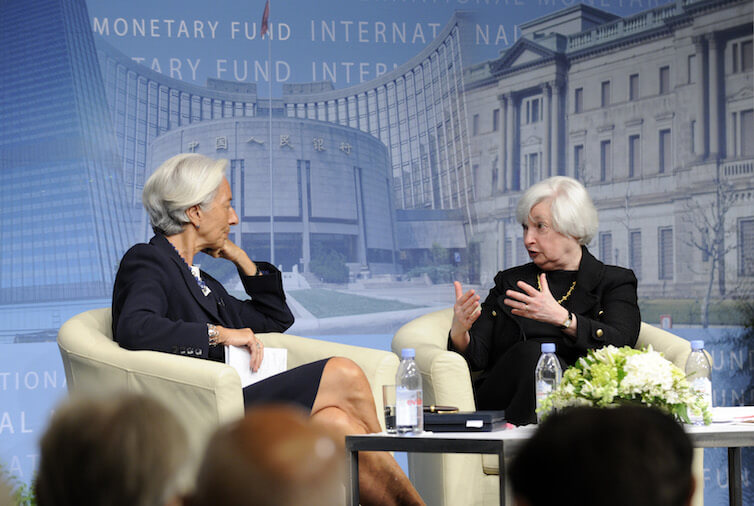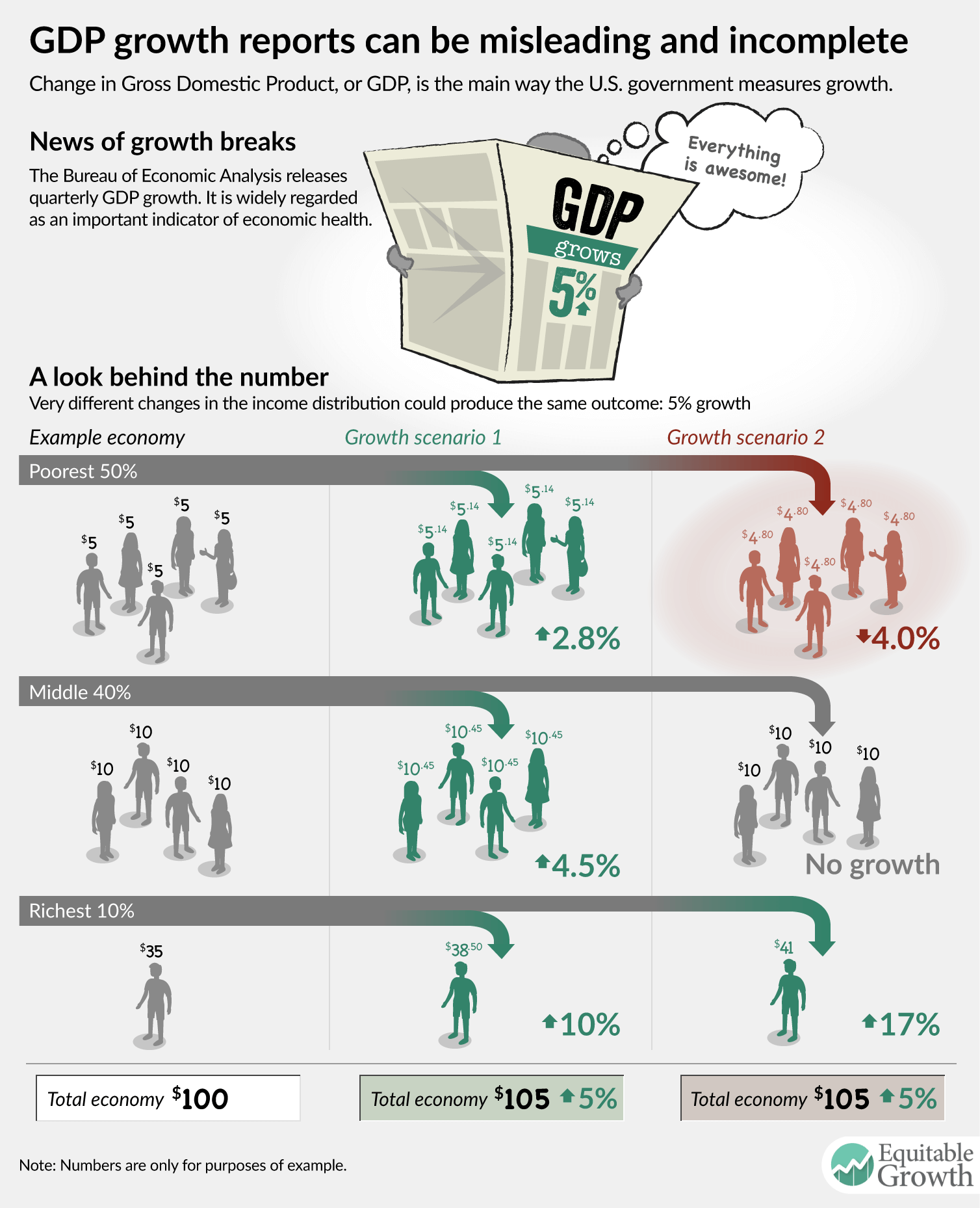
It’s no secret that the economics profession has a problem with women. In the wake of the publication of a University of California, Berkeley undergraduate’s senior thesis on sexism in economics, which drew widespread media attention, the conversation around the obstacles female economists face and the effect on the profession overall is now front and center. A new working paper by University of North Carolina, Chapel Hill’s Anusha Chari and Paul Goldsmith-Pinkham of the New York Federal Reserve adds a new layer to the conversation, focusing on the women represented within individual subfields at a prestigious annual economics conference. They find that the overall share of women participating in the conference barely budged over the past 15 years and that there are even larger disparities within certain subfields.
Even as women such as U.S Federal Reserve Board Chair Janet Yellen have ascended to the top of their field, women still only make up 30 percent of Ph.Ds. in economics and only 15 percent of full professors—a statistic that has hardly changed over the past 20 years. This gender gap in economics stands in stark contrast to other social sciences, which are much more balanced, and is even worse than many STEM fields. Racial diversity is even rarer: Only 6.3 percent of tenured and tenured-track economists identified as black or Hispanic.
The women who do make it, according to Chari and Goldsmith-Pinkham’s work, tend to be segregated into certain subdisciplines. The authors look at the gender breakdown from 2001 to 2016 at the National Bureau of Economic Research Summer Institute conference, a major invite-only symposium showcasing the latest research across the economics profession. They find that while 20.6 percent of the authors on scheduled papers were women, that share dropped 16.3 percent for macroeconomics and 14.4 percent for finance. In contrast, 25.9 percent of the authors in microeconomics and labor are women. These subdisciplines include fields such as education, aging, health care economics, and children. These specialties tend to be less prestigious than the more male-dominated fields of finance and macroeconomics.
What’s more, some female economists have spoken up about how they’ve been discouraged by male colleagues from explicitly studying gender until they have received tenure. The reason: They are told it could hurt their careers.
The lack of women in economics—and their segregation into certain subfields—boast ramifications beyond individual women’s careers. Research establishes how economic policymakers’ life experiences affect the issues they elevate and the way they vote in the present. That makes the gender disparities within economics even more problematic because of the economics profession’s influence in determining public policy. There is statistical evidence that male and female economists think differently about many critical policy issues, even when controlling for age and type of employment. Unsurprisingly, that includes views on gender and equal opportunity, to cite one example, but the dissimilarities also extend to topics not explicitly about gender such as the minimum wage, labor standards, government regulation, and health insurance. Some female economists argue that large gender imbalances mean that the conventional wisdom on any given economic topic is likely to be biased and could overlook the ways in which policies affect women and men differently.
Chari and Goldsmith-Pinkham did not examine race in their study, but the same logic can apply to the lack of racial diversity within economics as well. Last year, former Federal Reserve Bank of Minneapolis President Narayana Kocherlakota reflected on how the lack of racial and ethnic diversity within the Federal Reserve system created blind spots with tangible effects on communities of color. More diversity, for example, could mean that more attention would be paid to promote maximum employment, which could reduce racial inequality given that the black unemployment rate is much higher than the white unemployment rate.
There is a great deal of research that details the way gender, race, and ethnic diversity is good for productivity. Reducing barriers to diversity also is the right thing to do. But given the extent to which every individual’s life is intertwined with the economy, the need to increase diversity in economics is not just about fairness or productivity within the ivory tower. It affects whether and how the needs of everyone—and not just certain groups—are reflected in our understanding of the economy and accounted for in our national policies.


